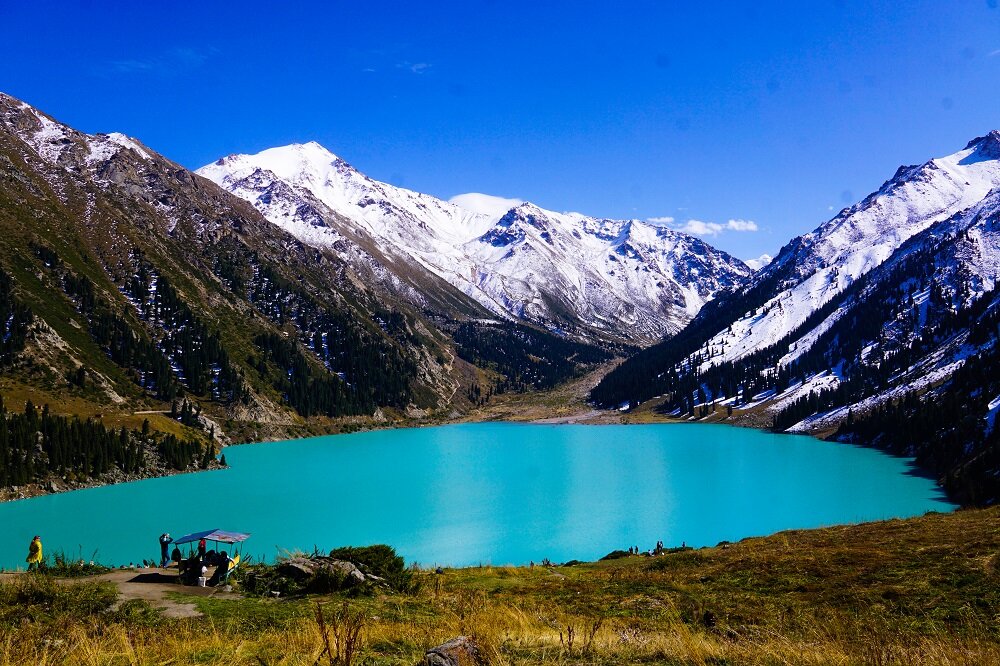

Nestled in the Tien Shan Mountains, Big Almaty Lake is a breathtaking natural wonder located just 28 kilometers south of Almaty, Kazakhstan's largest city. Known for its vivid blue and turquoise waters which change color depending on the season, Big Almaty Lake is a glacial lake, formed thousands of years ago and has been a popular spot for both local and international tourists.
The history of tourism at Big Almaty Lake can be traced back to the days of the Soviet Union when the region was largely inaccessible to foreign visitors but served as a vacation retreat for those within the Soviet territories. After Kazakhstan gained independence in 1991, the area began to open up, welcoming travelers from around the globe to witness its awe-inspiring natural beauty.
The lake was previously used as a reservoir to supply Almaty with drinking water, and therefore some restrictions were set in place to protect the pristine environment. However, tourism has become an important aspect for the region and measures are taken to ensure sustainable practices while allowing visitors to enjoy the breathtaking scenery.
In recent years, ecotourism has become increasingly popular, with many travelers seeking destinations that offer natural beauty and outdoor activities with minimal environmental impact. Big Almaty Lake has risen to this demand by offering numerous eco-friendly options like hiking, bird watching, and photography tours that highlight the area's natural splendor without causing harm to the ecosystem.
Another emerging trend involves the integration of digital technology with tourism. Travelers can now access detailed information on local flora and fauna through apps and online resources. Additionally, the rise of social media has put Big Almaty Lake on the map as a picturesque location for influencers and travel photographers to share captivating content, further boosting its popularity.
The interest in adventure tourism has also led to an increase in activities such as mountain biking and winter sports, leveraging the rugged terrain surrounding the lake. As Big Almaty Lake continues to become a year-round travel destination, its facilities and infrastructures are continually improving, with better roads and more accommodation options to cater to the growing number of visitors.
Despite the rise in tourism, conservation efforts remain at the forefront. Programs are in place to educate visitors on preserving the natural habitat while enjoying its beauty. Local authorities have taken steps to ensure that tourism development is sustainable and does not detract from the lake's ecological importance or the breathtaking experience it offers.
Accessibility and Conservation Challenges
While tourism provides economic benefits to the region, it also introduces challenges related to conservation and accessibility. With increased visitor numbers, there is a delicate balance to maintain in protecting the area's delicate ecosystem and providing adequate facilities. Currently, the Kazakh government enforces regulations to moderate the balance between eco-preservation and tourist access, allowing for an eco-conscious approach to experiencing this extraordinary Kazakh gem.
Tourism at Big Almaty Lake continues to evolve, adapting to global trends while maintaining the integrity of the natural environment. It is a destination that not only showcases the rugged beauty of Kazakhstan but also its commitment to sustainable tourism practices. For nature lovers and adventurers alike, Big Almaty Lake remains a must-visit destination on any Kazakhstan itinerary.